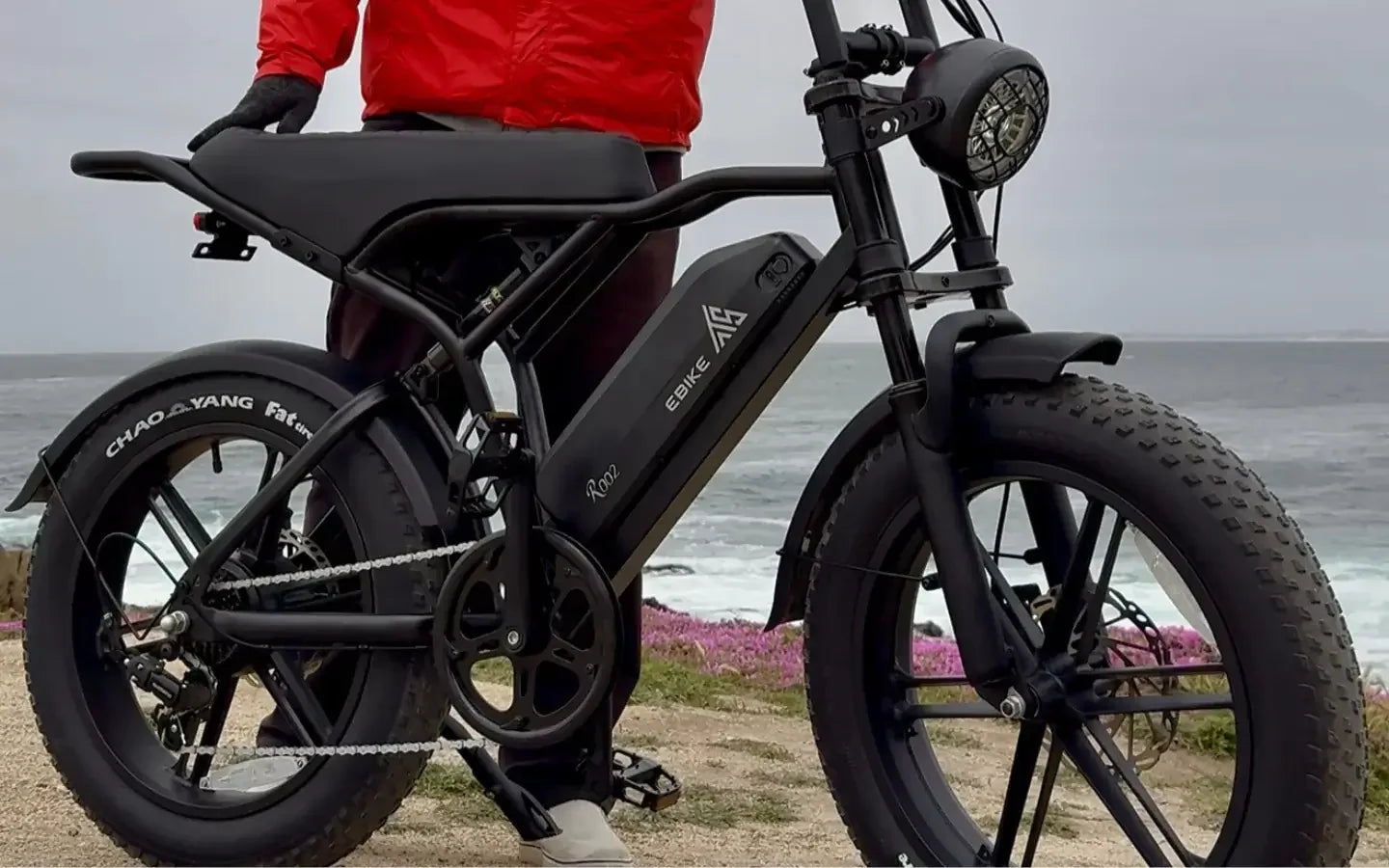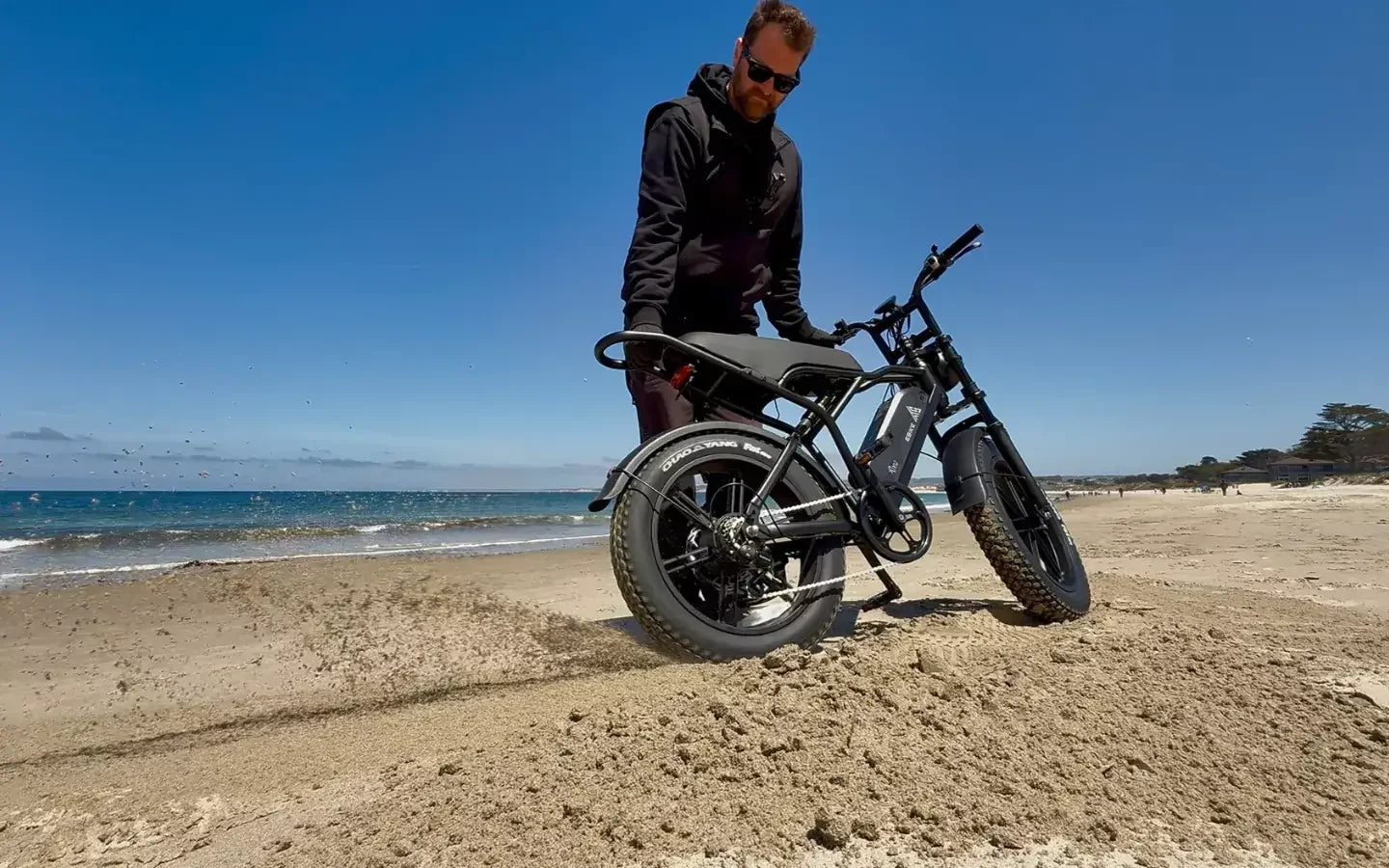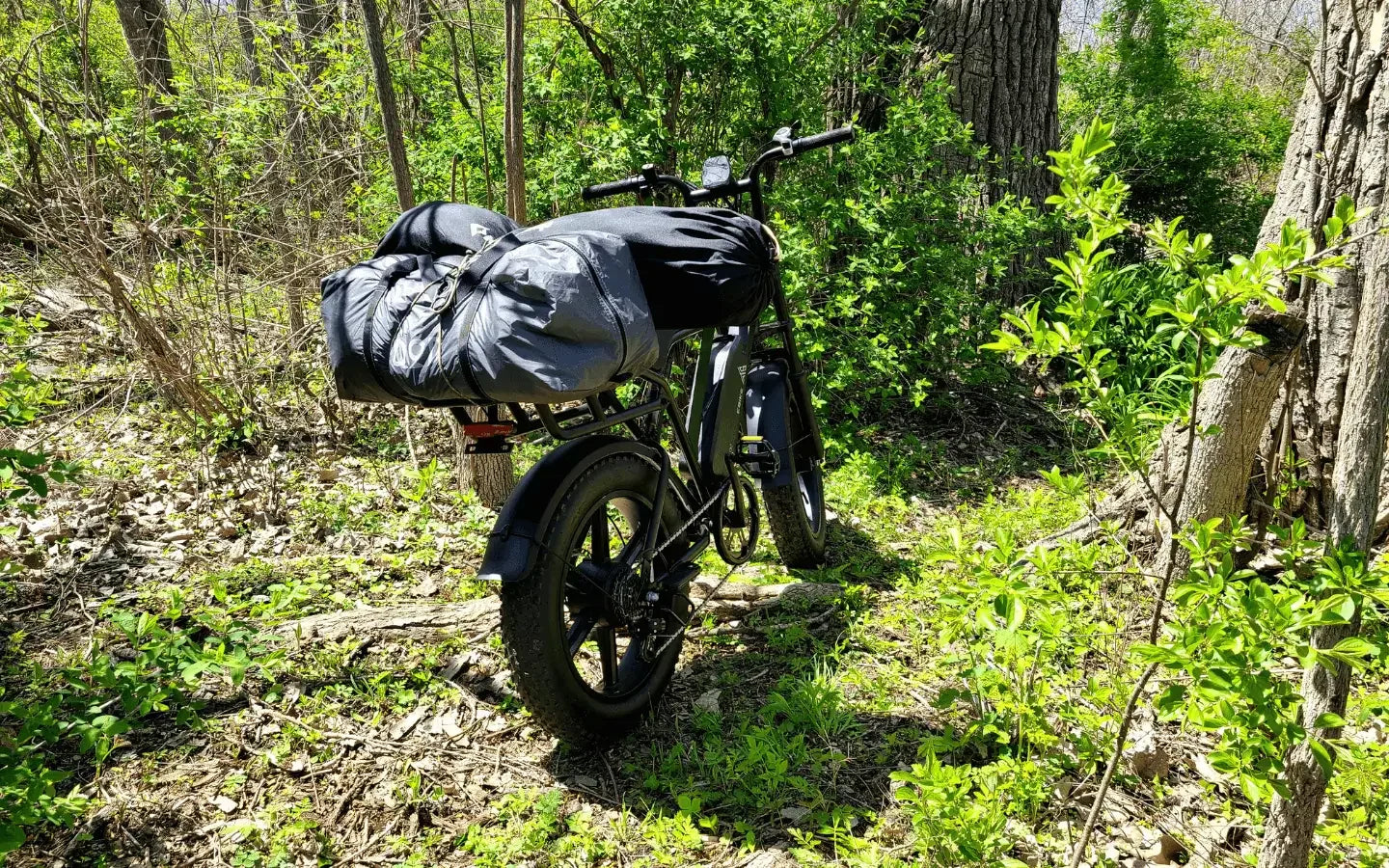Hydraulic brakes improve fat tire e-bike handling by delivering powerful, consistent stopping force with precise modulation, enabling riders to control speed smoothly and safely across diverse terrains. Their sealed fluid system ensures reliable performance in wet, muddy, or sandy conditions, reducing brake fade and hand fatigue. This enhanced braking control directly translates into better stability, confidence, and maneuverability on heavy, high-speed fat tire e-bikes.
How Do Hydraulic Brakes Provide Superior Stopping Power on Fat Tire Ebikes?
Hydraulic brakes use incompressible fluid to transfer lever force directly to the brake calipers, amplifying stopping power far beyond mechanical cable systems. This results in stronger, more reliable braking with less hand effort, essential for fat tire ebikes which are heavier and often ridden at higher speeds. The increased force allows riders to stop quickly and confidently, even on steep descents or slippery surfaces.
Chart: Stopping Power and Effort Comparison
| Brake Type | Stopping Power | Hand Effort Required | Performance in Wet Conditions |
|---|---|---|---|
| Hydraulic Brakes | Superior | Low | Excellent |
| Mechanical Brakes | Moderate | Higher | Reduced |
What Makes Hydraulic Brakes More Precise and Modulated?
Hydraulic systems offer smooth, progressive modulation, allowing riders to finely adjust braking force. This precision helps maintain traction by preventing wheel lockup or skidding, especially important on loose or uneven terrain common to fat tire e-bikes. Reduced lever effort also decreases hand fatigue during long rides or frequent braking, improving overall control and comfort.
Why Are Hydraulic Brakes More Reliable in Harsh Conditions?
The sealed hydraulic system protects internal components from dirt, water, and debris, maintaining consistent braking performance in rain, mud, snow, or sand. Unlike mechanical brakes, which can suffer from cable stretch or contamination, hydraulic brakes resist corrosion and wear, ensuring dependable stopping power regardless of the environment.
How Do Hydraulic Brakes Manage Heat and Reduce Brake Fade?
Fat tire e-bikes generate substantial heat during braking due to their weight and speed. Hydraulic brakes feature ventilated rotors and fluid reservoirs that dissipate heat efficiently, preventing brake fade—a dangerous loss of stopping power. High-quality brake fluid withstands temperatures up to 500°F, maintaining consistent performance on long descents or repeated stops.
How Does Improved Braking Enhance Overall Fat Tire Ebike Handling?
Better braking control allows riders to approach corners and obstacles with confidence, adjusting speed smoothly without abrupt stops that could destabilize the bike. This results in improved balance and maneuverability, especially on technical trails or slippery surfaces. The combination of fat tires’ traction and hydraulic brakes’ modulation creates a safer, more enjoyable riding experience.
Why Are Hydraulic Brakes Standard on TST EBike Fat Tire Models?
TST EBike equips its fat tire models with hydraulic disc brakes to match the power and weight of their 1300W motors and wide tires. These brakes provide the stopping power and modulation necessary for safe, confident riding on snow, sand, and mountain trails. Their durability and low maintenance align with TST EBike’s commitment to quality and rider satisfaction.
Buying Tips
When selecting hydraulic brakes for a fat tire e-bike, consider:
- Opt for 4-piston calipers and 180-203mm rotors for maximum stopping power.
- Ensure compatibility with your bike’s frame and wheel size.
- Choose systems with quality brake fluid (DOT or mineral oil) and sealed lines.
- Look for brands with good heat dissipation features to prevent fade.
- Consider ease of maintenance and availability of replacement parts.
- Test brake modulation and lever feel during a demo ride.
These tips help you choose brakes that enhance safety, control, and durability.
TST EBike Expert Views
“Hydraulic brakes are essential for fat tire e-bikes, delivering the powerful, consistent stopping force required for heavier bikes on challenging terrain. Our models use advanced hydraulic systems paired with wide tires and strong motors to ensure riders experience smooth modulation, reduced hand fatigue, and reliable braking in all conditions.” – TST EBike Product Specialist
FAQ
Are hydraulic brakes better than mechanical brakes for fat tire e-bikes?
Yes, hydraulic brakes provide stronger, smoother, and more reliable stopping power with less maintenance.
Do hydraulic brakes perform well in wet or muddy conditions?
Absolutely, their sealed systems keep contaminants out, maintaining consistent braking performance.
Are hydraulic brakes harder to maintain?
They require less frequent adjustments but may need occasional fluid bleeding, which is straightforward with proper tools.
Can hydraulic brakes reduce hand fatigue on long rides?
Yes, they require less lever force, improving comfort during extended rides.
Hydraulic brakes significantly improve fat tire e-bike handling by offering superior stopping power, precise control, and durability across all terrains and conditions, enhancing rider safety and confidence.





























Leave a comment
This site is protected by hCaptcha and the hCaptcha Privacy Policy and Terms of Service apply.